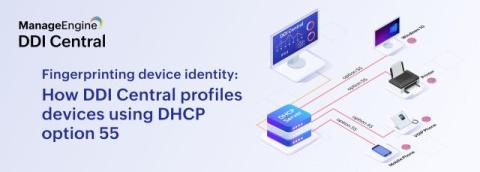Decoding devices with DHCP fingerprinting for smart IP address assignment
In today’s dynamic network environments, where countless devices—ranging from laptops and smartphones to IoT sensors and smart appliances—connect and communicate, efficient IP address management is critical. Ensuring each device receives the right configuration not only optimizes network performance but also improves visibility and control. However, identifying these devices accurately can be challenging, given the diversity of operating systems, hardware, and vendors.











